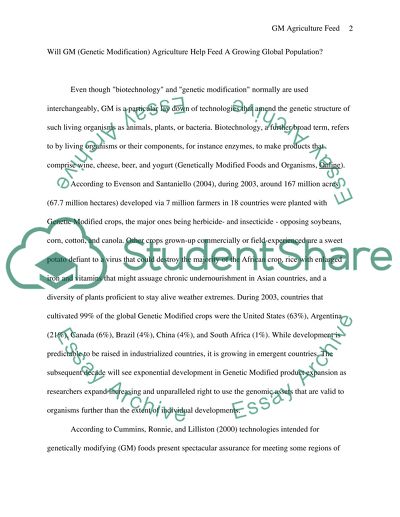Cite this document
(“Genetically Modified Foods Essay Example | Topics and Well Written Essays - 2750 words”, n.d.)
Retrieved from https://studentshare.org/science/1522208-genetically-modified-foods-essay
Retrieved from https://studentshare.org/science/1522208-genetically-modified-foods-essay
(Genetically Modified Foods Essay Example | Topics and Well Written Essays - 2750 Words)
https://studentshare.org/science/1522208-genetically-modified-foods-essay.
https://studentshare.org/science/1522208-genetically-modified-foods-essay.
“Genetically Modified Foods Essay Example | Topics and Well Written Essays - 2750 Words”, n.d. https://studentshare.org/science/1522208-genetically-modified-foods-essay.


